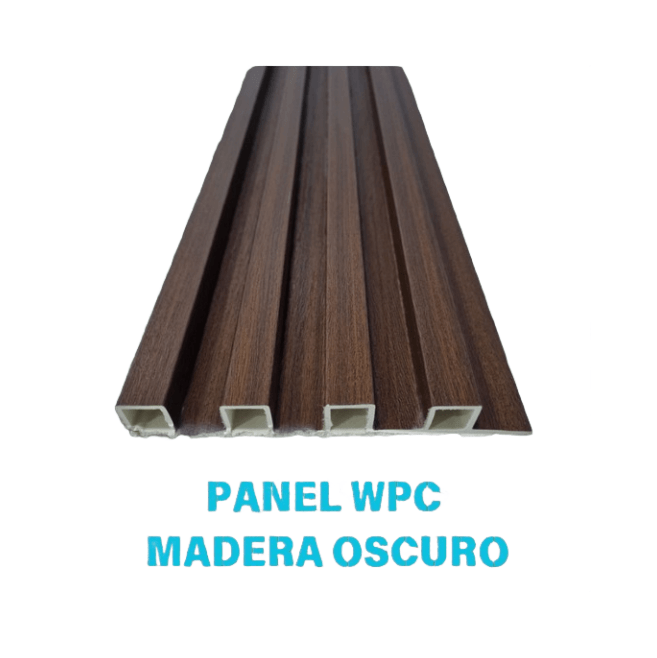Why Are PVC Panels the Best Choice for Modern Interior Design and Construction?
2024-12-26
When it comes to choosing the right material for interior design and construction projects, PVC panels have gained significant popularity. But why are PVC panels becoming the go-to solution for modern building and renovation projects? From their affordability to their impressive durability, these versatile panels offer a wide range of benefits that make them a top choice for both residential and commercial spaces. In this blog, we will explore the reasons behind PVC panels' growing demand and how they can transform spaces.
1. What Are PVC Panels and How Are They Made?
PVC (Polyvinyl Chloride) panels are made from a synthetic plastic polymer that is lightweight, durable, and resistant to moisture. These panels are commonly used in interior applications such as wall cladding, ceilings, and flooring. PVC panels are manufactured through an extrusion process, where the raw PVC material is heated and shaped into panels with a smooth, glossy finish. Depending on the application, PVC panels can be customized with various colors, patterns, textures, and finishes.
2. Why Are PVC Panels So Popular in Interior Design?
PVC panels have become increasingly popular for a variety of reasons. Here are some of the key factors that make them an attractive option for interior design projects:
- Cost-Effective: One of the biggest advantages of PVC panels is their affordability. They are significantly cheaper than traditional materials like wood, metal, or ceramic tiles, making them an excellent choice for budget-conscious projects. PVC panels provide an affordable alternative without compromising on style or functionality.
- Water Resistance: PVC panels are inherently resistant to water and moisture, making them ideal for areas with high humidity or exposure to water, such as bathrooms, kitchens, and basements. Unlike wood or plaster, PVC panels do not warp, rot, or become damaged when exposed to moisture.
- Low Maintenance: PVC panels are incredibly easy to clean and maintain. They do not require special treatments or frequent upkeep. A simple wipe-down with a damp cloth is often enough to keep them looking fresh and clean. This makes them an excellent choice for spaces that experience high traffic or are prone to dirt and grime.
- Variety of Designs: PVC panels are available in a wide range of colors, patterns, textures, and finishes. Whether you want a sleek, modern look or a traditional, wood-like appearance, you can find a PVC panel design to suit your style. The panels can be customized to fit any aesthetic, from minimalist to luxurious.
- Durability: PVC panels are highly durable and long-lasting. They are resistant to cracking, fading, and other signs of wear and tear. This makes them suitable for both residential and commercial spaces, ensuring that they can withstand daily use and maintain their appearance for years to come.
- Lightweight and Easy to Install: PVC panels are lightweight compared to other materials like tiles or stone, making them easy to transport and install. Many PVC panels come with a simple interlocking system or adhesive backing, making installation a breeze for both professionals and DIY enthusiasts.
3. How Are PVC Panels Used in Interior Design?
PVC panels are versatile and can be used in a variety of applications in interior design. Some common uses include:
- Wall Cladding: PVC panels are often used as wall cladding in both residential and commercial spaces. They can be installed in bathrooms, kitchens, living rooms, or even in commercial establishments like offices or restaurants. Their water-resistant properties make them particularly popular in wet areas like showers or poolsides.
- Ceiling Panels: PVC panels are also a popular choice for ceiling installations. They provide a smooth, glossy finish that can help brighten up a room. Additionally, PVC ceiling panels are resistant to sagging and can be installed in any room of the house, from living rooms to kitchens.
- Flooring: While not as common as wall or ceiling panels, PVC panels can also be used for flooring. PVC flooring is often used in commercial spaces, such as hospitals or schools, due to its durability, ease of maintenance, and resistance to moisture.
- Decorative Elements: PVC panels can be used as decorative accents, such as paneling behind feature walls or as part of a larger design scheme. Their wide variety of designs means they can be used to create unique, eye-catching features in a space.
4. What Are the Environmental Benefits of PVC Panels?
In today’s world, sustainability is a top priority, and PVC panels offer several environmental advantages:
- Recyclability: PVC is a recyclable material, meaning that once the panels have reached the end of their lifespan, they can be collected and processed into new products. This helps reduce the amount of waste going into landfills and promotes a circular economy.
- Energy Efficiency: PVC panels can contribute to energy efficiency in buildings. Their insulating properties help regulate temperature, which can lead to reduced heating and cooling costs. This makes PVC panels a good choice for energy-conscious homeowners and businesses.
- Low Emissions During Production: The manufacturing process for PVC panels generally produces lower emissions compared to other building materials like ceramic tiles or metal panels. This makes PVC a more environmentally friendly option for construction projects.
5. What Are the Drawbacks of PVC Panels?
While PVC panels offer numerous benefits, there are a few drawbacks to consider:
- Aesthetic Limitations: Although PVC panels come in a variety of colors and designs, they may not achieve the same high-end appearance as materials like wood or marble. Some people may prefer natural materials for their aesthetic appeal.
- Environmental Concerns About Production: While PVC panels are recyclable, the production of PVC material can release harmful chemicals into the environment. It’s important to source PVC panels from manufacturers that prioritize sustainability and eco-friendly practices.
- Brittleness: PVC panels can become brittle over time if exposed to extreme temperatures or sunlight for extended periods. This can make them more prone to cracking or breaking under pressure.
6. How Do PVC Panels Compare to Other Materials?
PVC panels are often compared to other popular materials, such as wood, tiles, and gypsum board. Here’s how they stack up:
- PVC vs. Wood: While wood offers a natural, warm look, it requires more maintenance, such as regular sealing and varnishing. Wood can also warp when exposed to moisture, whereas PVC panels are water-resistant and require minimal maintenance.
- PVC vs. Tiles: Tiles are durable but can be heavy, difficult to install, and prone to grout stains. PVC panels, on the other hand, are lightweight, easy to install, and much easier to maintain.
- PVC vs. Gypsum Board: Gypsum boards are commonly used for walls and ceilings but can be damaged by moisture. PVC panels are water-resistant and more durable, making them a better option for areas with high humidity.
Conclusion
PVC panels have revolutionized interior design and construction with their versatility, affordability, and durability. Whether you're renovating a bathroom, updating a living room, or building a commercial space, PVC panels offer a practical and stylish solution that is both cost-effective and low-maintenance. With a wide range of designs, easy installation, and environmental benefits, PVC panels continue to be a popular choice for modern interior projects.



